Health
-
Lin Test
text with link. This is a quiz. Some text Name Name Quo modo autem philosophus loquitur? Tecum optime, deinde etiam cum mediocri amico. Invidiosum nomen est, infame, suspectum. Name Name…
-

Gender-affirming care is rare, study says
Fewer than 1 in 1,000 transgender youth receive hormones or puberty blockers

-
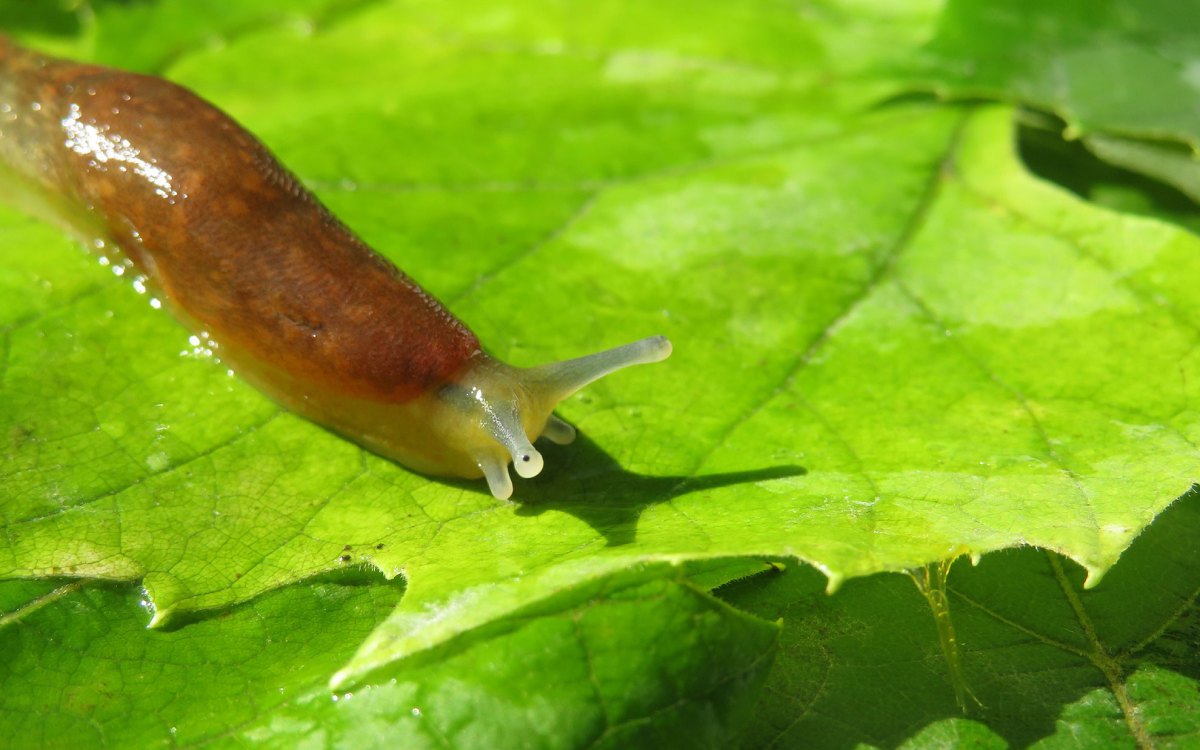
Nature offers novel approach to oral wound care
Slug’s sticky mucus inspiration behind adhesive hydrogel that can seal wounds in wet environment

-

Time for a rethink of colonoscopy guidelines?
Change informed by new findings would help specialists focus on those most at risk, researcher says

-

Should pharmacists be moral gatekeepers?
‘The problem is not opioids,’ says author of ‘Policing Patients’ — it’s overdose, pain
-
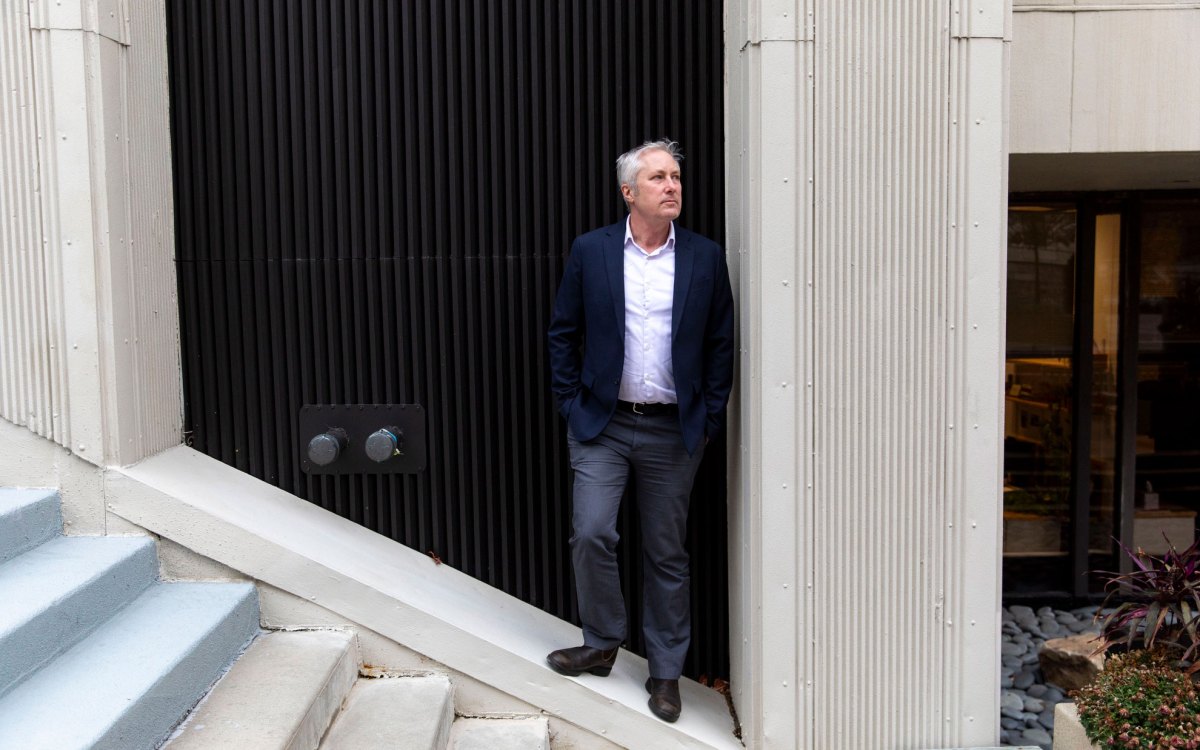
The deadly habit we can’t quite kick
Actions by tobacco companies worry researcher even amid ‘dramatic decrease’ in smoking among young Americans

-
Fish in depth
The renovated fish gallery at the Harvard Museum of Natural History, open as of June 2, includes displays that explain both fish biology and the science being conducted on the topic at Harvard.
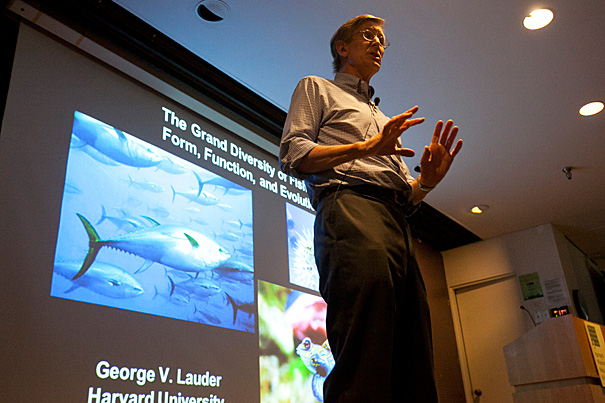
-
Life lessons from an old worm
Research is uncovering the genetic roots of aging, peeling back the once common understanding that creatures simply “wore out” as they aged, and slowly revealing the mechanisms that control a process determined by our genes and that proceeds at different speeds for different species.
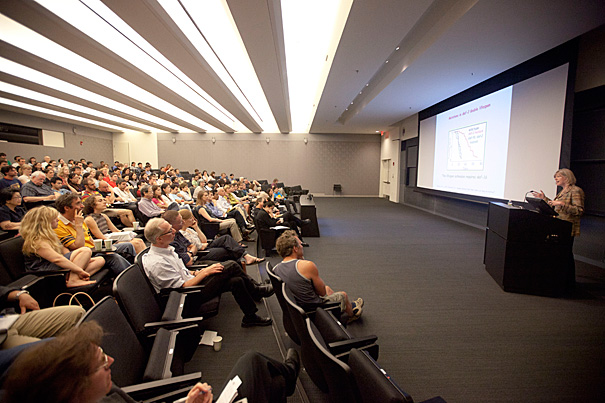
-
Signs of progress against PTSD
A decade after the start of the wars in Afghanistan and Iraq, studies have shown that the incidence of post-traumatic stress disorder (PTSD) among troops is surprisingly low, and a Harvard researcher credits the drop, in part, to new efforts by the Army to prevent PTSD, and to ensure that those who develop the disorder receive the best treatment available.

-
Unraveling the secrets of the epilepsy diet
Researchers at Harvard Medical School and Harvard-affiliated Dana-Farber Cancer Institute have identified a protein that plays a key role in the long-mysterious effectiveness of an extremely low-calorie, high-fat, low-carbohydrate diet in suppressing epileptic seizures.

-
Taking the long way home
A Harvard graduate student has shown that some Australian and Pacific Island daddy longlegs took an unusual path to their new homes: drifting from the Americas and then island-hopping to their new continental home in Australia.
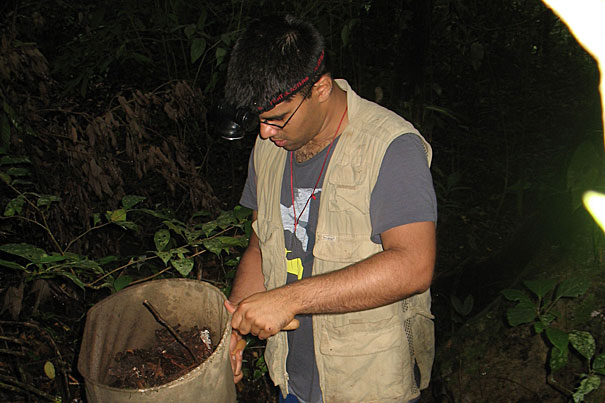
-
Following the worm
Harvard research examining the nervous system of Caenorhabditis elegans — tiny, transparent worms — suggest a path for investigations that may shed light on disorders such as schizophrenia.

-
Scientists restore basic vision in lab mice
A researcher at Harvard-affiliated Children’s Hospital and Harvard Medical School has regenerated optic nerves in laboratory animals and restored basic vision to the animals.

-
Vivid details
A landmark effort to sequence the genome of the butterfly Heliconius melpomene has revealed that it shares genes that control color patterns with two species that closely mimic its appearance — Heliconius timareta and Heliconius elevatus — suggesting that all three exchange genes as a result of occasional hybridization.
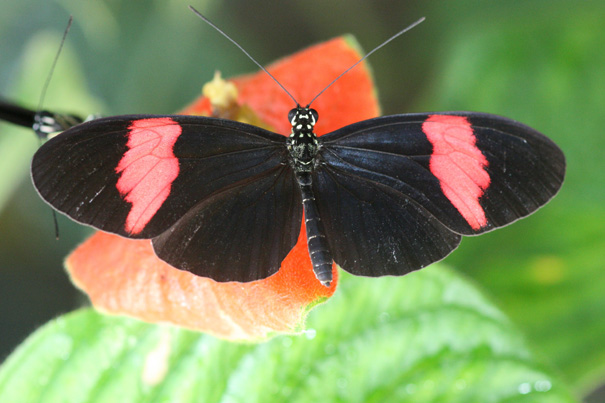
-
Astral feast
Supermassive black holes snack infrequently, making the recent discovery of a black hole in the act of feeding all the more interesting to astronomers.

-
What makes a worm say ‘yuck’
Researchers at Harvard-affiliated Massachusetts General Hospital have uncovered a new way that animals detect pathogens, by detecting disruptions of critical cellular processes.

-
Thinking about health as an investor might
A “proof-of-concept” study that applies financial portfolio theory to federal life science research funding shows that potentially significant gains are available by altering the allocation of funding by the National Institutes of Health.
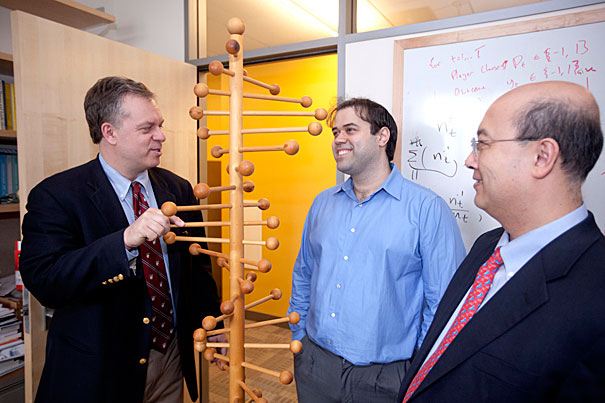
-
Flavonoid compound can prevent blood clots
Harvard researchers have shown that a compound called rutin, commonly found in fruits and vegetables and sold over the counter as a dietary supplement, inhibits the formation of blood clots in an animal model of thrombosis.
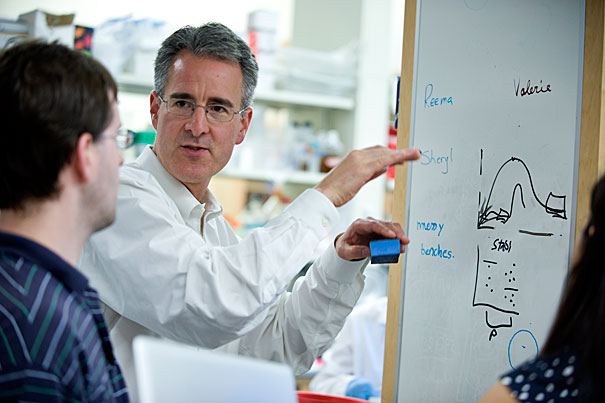
-
When good cholesterol goes bad
A new study by Harvard School of Public Health (HSPH) researchers has found that a subclass of high-density lipoprotein (HDL) cholesterol, the so-called good cholesterol, may not protect against coronary heart disease (CHD) and in fact may be harmful.
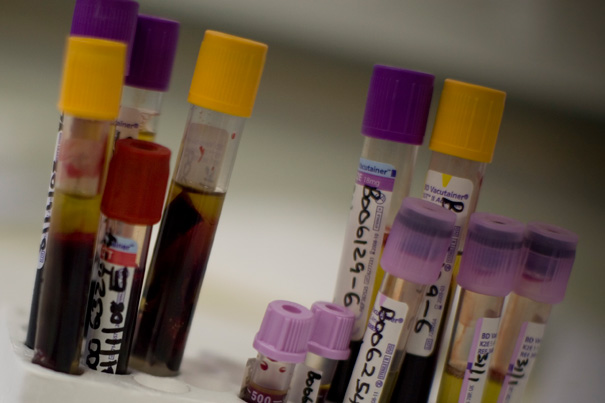
-
Cutting calories before cutting in surgery
Strongly restricted diets have already been shown to increase longevity and prolong one’s healthy years, but research highlighted at a Harvard Global Health Institute symposium at the Harvard School of Public Health shows that the benefits of such restriction may extend to more rapid recovery from surgery and an improved ability to fight disease.

-
A training lifeline for rescuers
The Harvard Humanitarian Initiative has launched a new academy to formalize instruction in international disaster response, with the aim of saving the lives of those threatened by earthquakes, floods, wars, and other catastrophes.

-
Berries keep your brain sharp
A new study by Harvard researchers at Brigham and Women’s Hospital (BWH) finds that a high intake of flavonoid-rich berries, such as strawberries and blueberries, over time, can delay memory decline in older women by two and a half years.

-
Bacteria beware
Harvard researchers have identified pathways of naturally occurring molecules in our bodies that can enhance antibiotic performance.
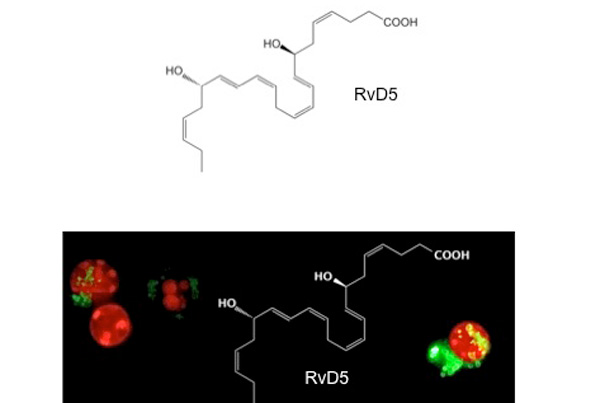
-
Turing was right
Researchers at Harvard have shown that Nodal and Lefty — two proteins linked to the regulation of asymmetry in vertebrates and the development of precursor cells for internal organs — fit a mathematical model first described by Alan Turing six decades ago.
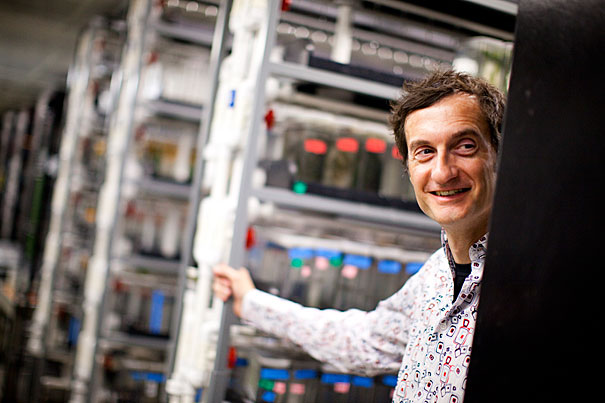
-
Beyond the ivory tower, into the world
The Harvard School of Public Health’s Division of Policy Translation and Leadership Development seeks to give faculty the tools to create broad change and to connect global leaders with the School’s research to improve conditions on the ground.

-
The future of self-knowledge
Anne Wojcicki, chief executive officer and co-founder of 23andMe, talked about growth in personal genomics in an event sponsored by the Program on Science, Technology and Society.

-
Protecting the heart with optimism
Work by HSPH researchers suggests a connection between psychological well-being and a reduced risk of heart attacks, strokes, and other cardiovascular events.
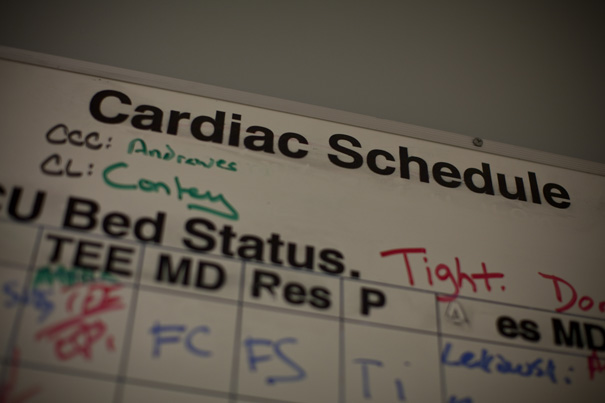
-
Survival of the selfless
In a talk sponsored by the Harvard Museum of Natural History, biologist E.O. Wilson said that competition among groups of humans is a likely explanation for the rise of altruistic behavior in individuals.
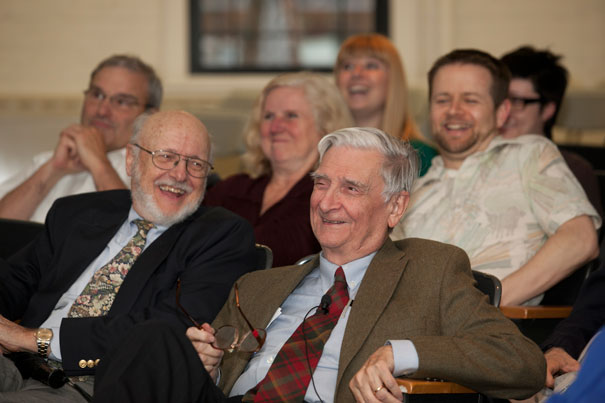
-
Size matters in drug delivery
A new study led by researchers at the Harvard School of Engineering and Applied Sciences and Massachusetts General Hospital has found that normalizing blood vessels within tumors, which improves the delivery of standard chemotherapy drugs, can actually block the delivery of larger nanotherapy molecules.

-
Detecting autism in matter of minutes
Researchers at Harvard Medical School have significantly reduced from hours to minutes the time it takes to accurately detect autism in young children.

-
Chill therapy
MGH’s Herbert Benson, author of “The Relaxation Response,” says that the methods outlined in his book can create genetic changes in irritable bowel syndrome sufferers, and with further study might be used to treat other ailments.

-
2009 flu could have echoed 1918
David Butler-Jones, Canada’s chief public health officer, believes that the relatively mild 2009 global flu outbreak might have been as deadly as the 1918 Spanish flu that killed millions, if not for improved scientific, public health, and medical practices.

-
Pesticide tied to bee colony collapse
The likely culprit in sharp worldwide declines in honeybee colonies since 2006 is imidacloprid, one of the most widely used pesticides, according to a new study from the Harvard School of Public Health.

-
Big advance against cystic fibrosis
Harvard stem cell researchers at Massachusetts General Hospital have taken a critical step toward discovering in the relatively near future a drug to control cystic fibrosis, a fatal lung disease that claims about 500 lives each year, with 1,000 new cases diagnosed annually.
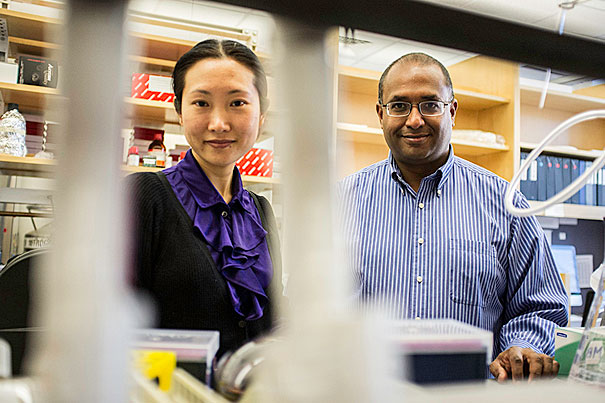
-
Chasing down a better way to run
From pondering prehistoric man to employing high-tech 3-D imaging, Harvard researchers are leaving no shoe unturned to discover why we run, and how we can do it better.

-
Mammography tied to overdiagnosis
New Harvard School of Public Health research suggests that routine mammography screening — long viewed as an essential tool in detecting early breast cancers — may in fact lead to a significant amount of overdiagnosis of disease that would have proved harmless.


